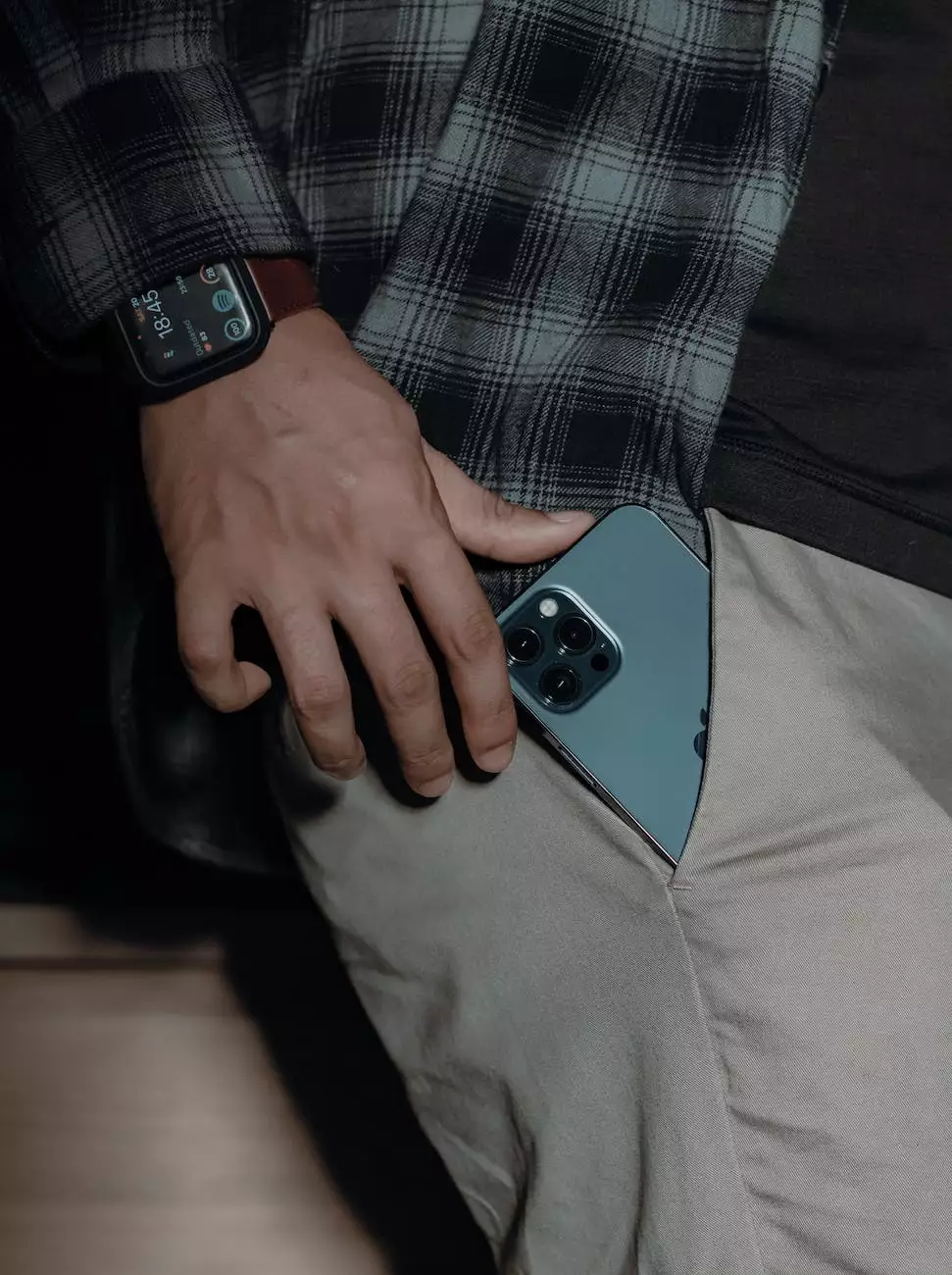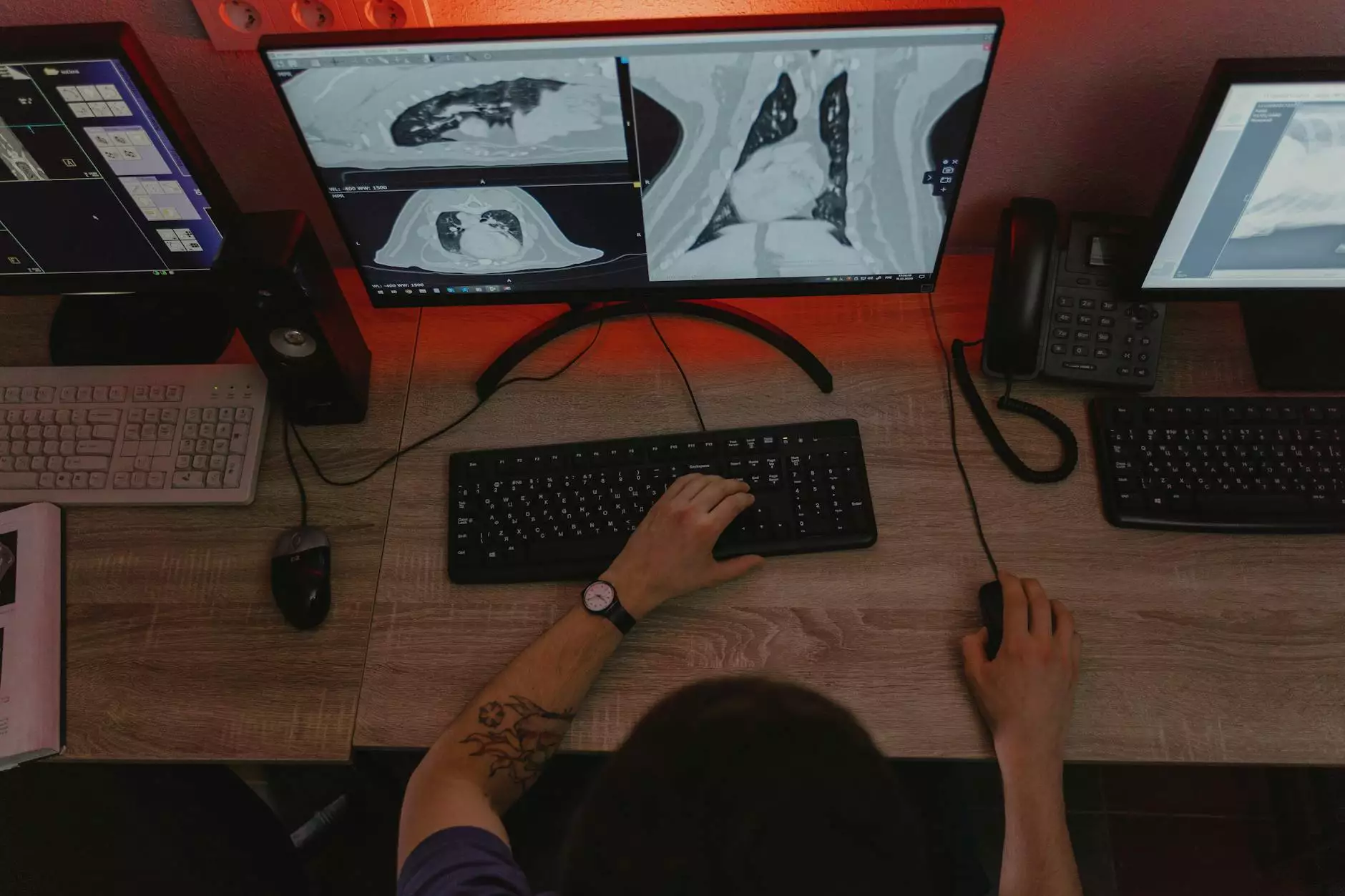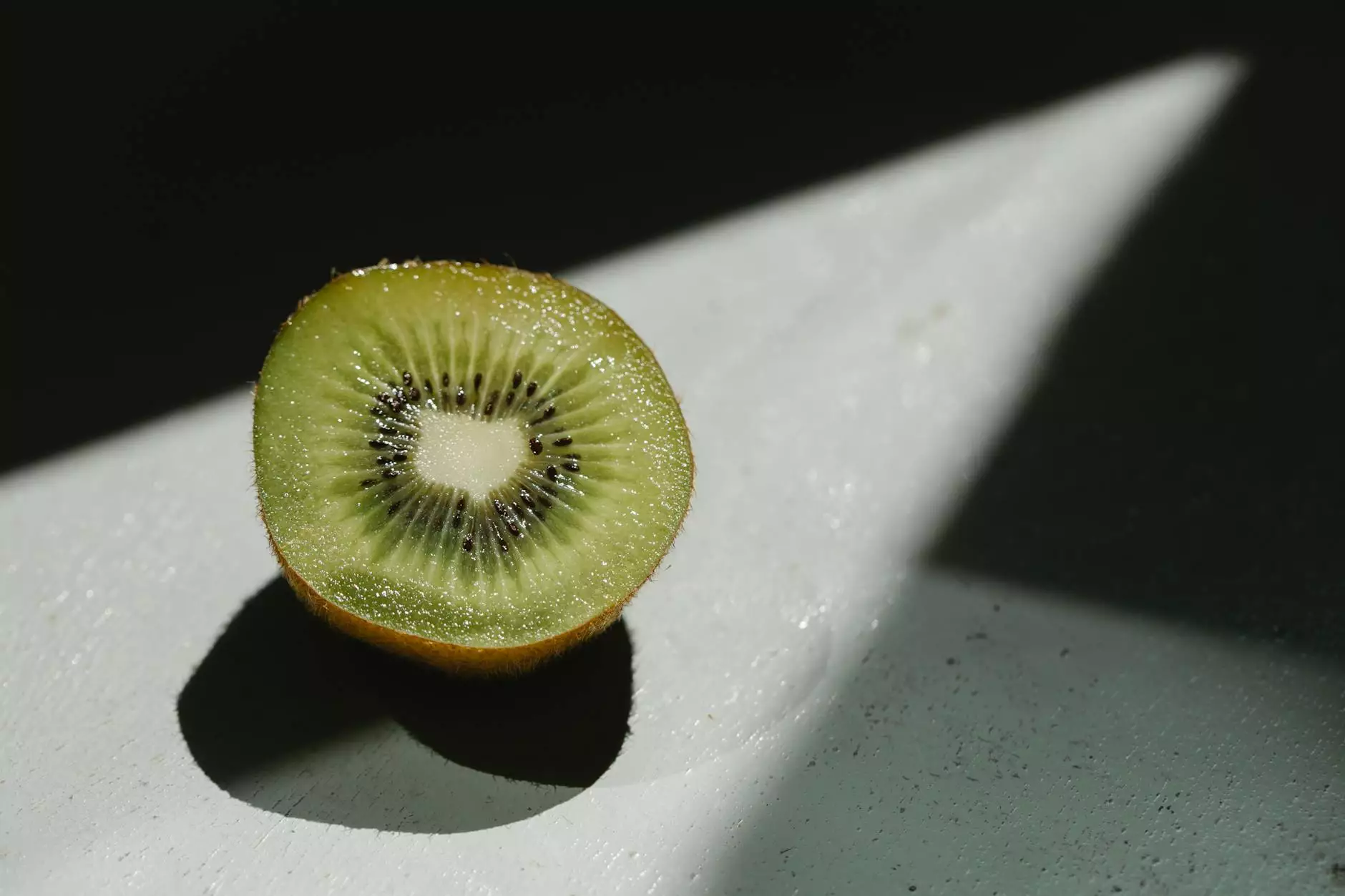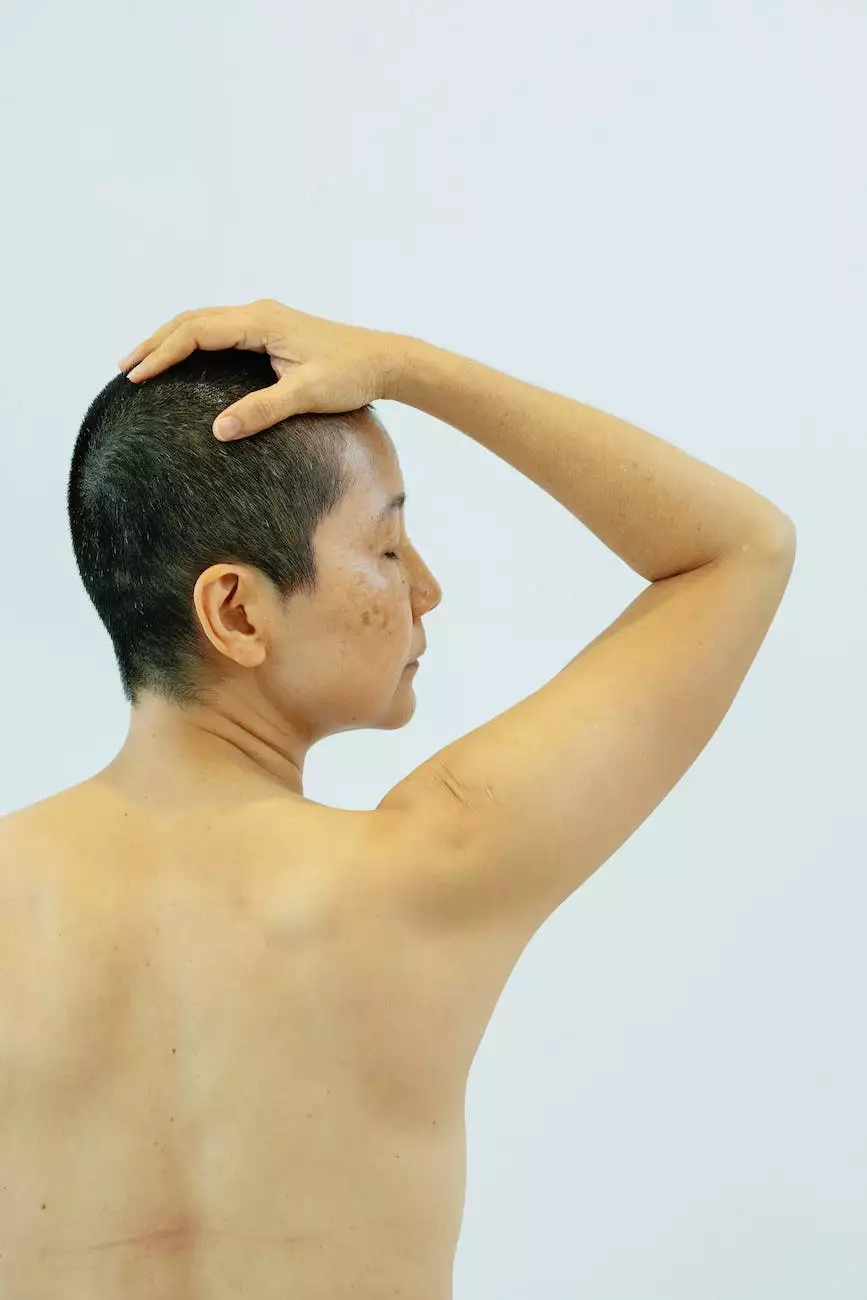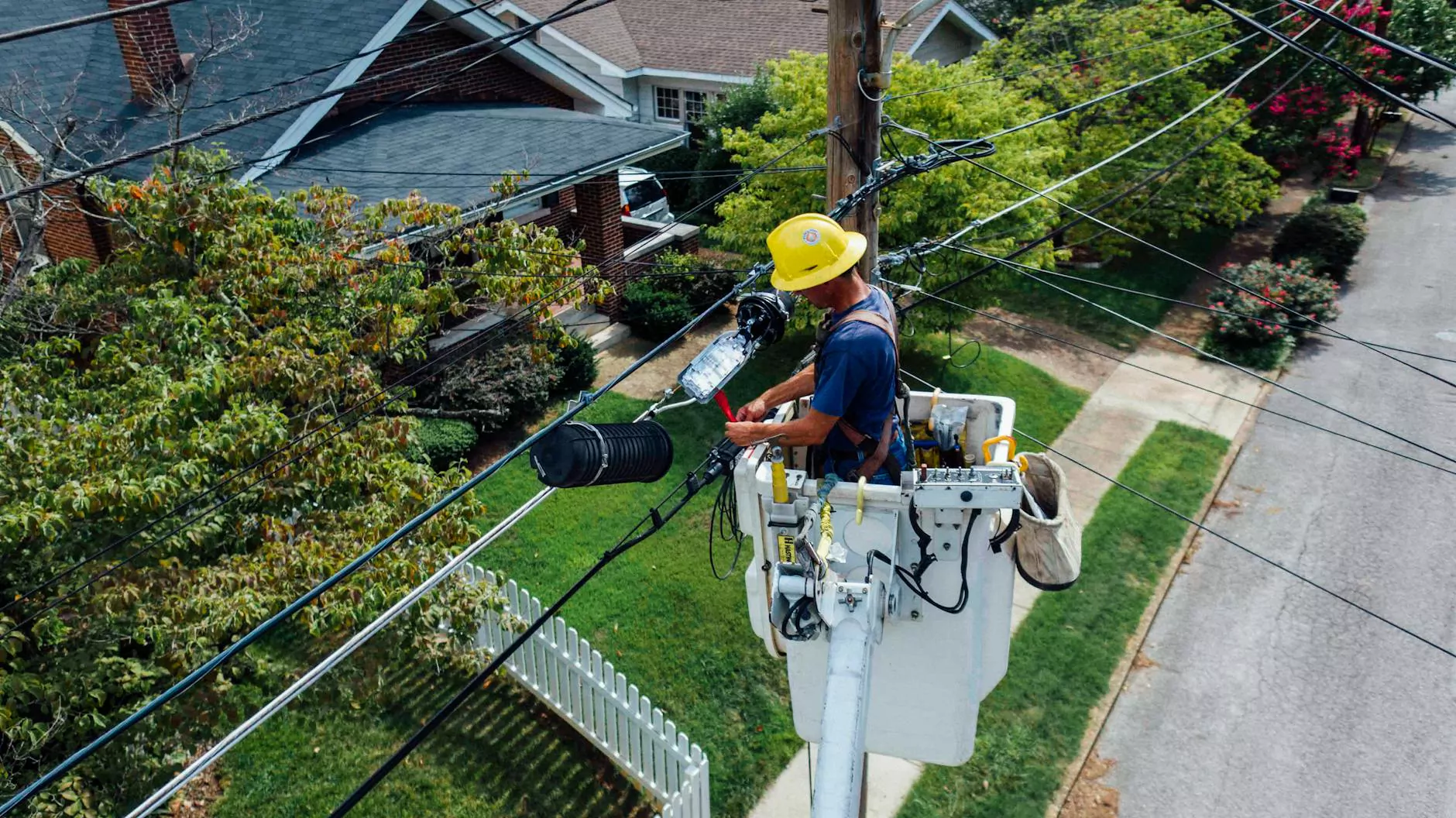Getting Discharged With a Peripherally Inserted Central Catheter (PICC)

Introduction
At Gillette Children's, Foley James D MD and his team are committed to providing exceptional care to patients. If you or a loved one needs a Peripherally Inserted Central Catheter (PICC), it's important to understand the process of getting discharged from the hospital with this medical device.
What is a PICC?
A Peripherally Inserted Central Catheter (PICC) is a long, thin, flexible tube that is inserted into a vein in your arm. It is used for various medical treatments, such as delivering medicine or nutrition directly into your bloodstream, taking blood samples, or providing long-term intravenous (IV) therapy.
Guidelines for a Smooth Transition
When you are being discharged from the hospital with a PICC, it's essential to follow certain guidelines for a smooth transition and to ensure your well-being at home:
1. Home Care Instructions
Before leaving the hospital, Foley James D MD and his team will provide you with detailed instructions for taking care of your PICC at home. These instructions may include cleaning and flushing the PICC line, ensuring proper hygiene, and avoiding activities that may damage or dislodge the catheter.
2. Medication Management
If you are prescribed medications to be administered through your PICC, Foley James D MD will explain the proper dosage and administration technique. It's crucial to follow these instructions precisely and keep track of your medication schedule.
3. Complications and Troubleshooting
Although uncommon, complications or issues with the PICC may arise. Foley James D MD and his team will educate you on potential complications, such as infections, blockages, or dislodgement. They will also provide guidance on what to do in case of an emergency or if you suspect any problems with the catheter.
What to Expect at Home
Being discharged with a PICC means you'll continue your medical care from the comfort of your home. Here are some important points to keep in mind during this period:
1. Daily Living
It's essential to make certain adjustments in your daily routine while maintaining the PICC line. Avoid activities that involve excessive physical exertion or immersion in water, as they may increase the risk of complications. Foley James D MD will provide you with specific guidelines based on your unique situation.
2. Follow-up Appointments
Regular follow-up appointments with Foley James D MD will be scheduled to assess your progress and address any concerns you may have. These appointments are crucial for monitoring the PICC line's performance, ensuring proper healing, and making any necessary adjustments to your treatment plan.
3. Emotional Support
Adjusting to life with a PICC line can be challenging, both physically and emotionally. Remember that you're not alone in this journey. Reach out to your healthcare team, friends, and family for emotional support. Foley James D MD and his team are dedicated to helping you throughout your recovery process.
Conclusion
Getting discharged with a PICC from Gillette Children's is an important step towards your recovery. The comprehensive care provided by Foley James D MD and his team ensures that you have the knowledge and support needed for a smooth transition from the hospital to home. By following the guidelines and recommendations, you can focus on your healing process and regain your health with confidence.

